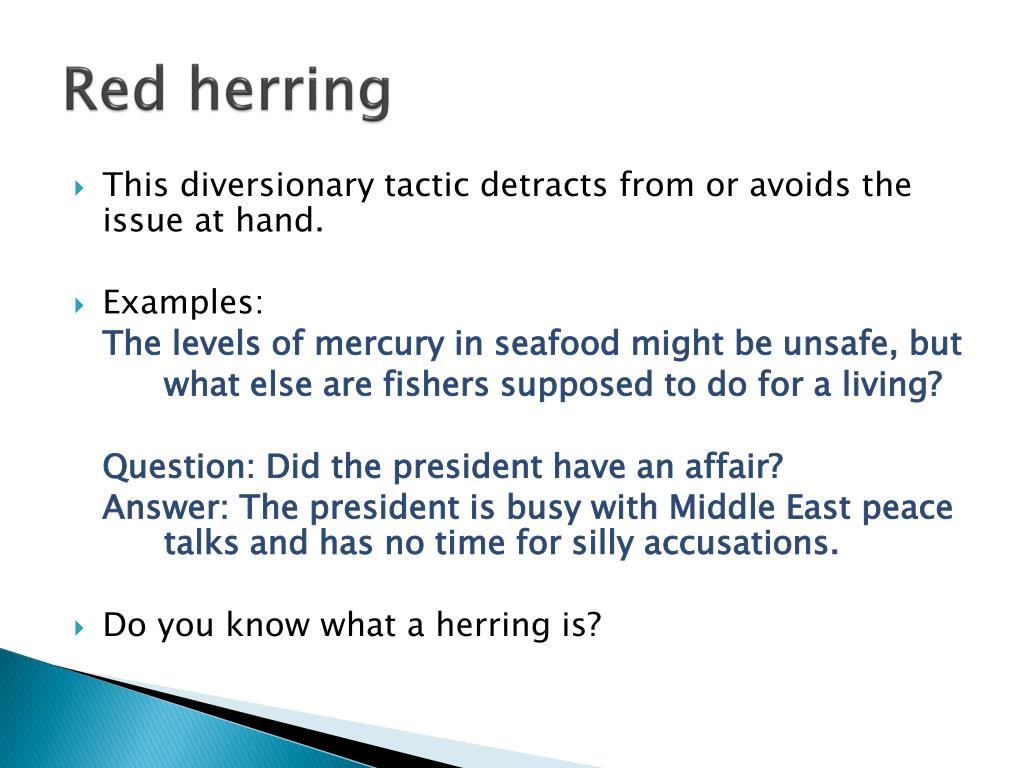
When Sirius Black breaks into Hogwarts, everyone assumes that his motive was to try to kill Harry, which is a perfectly plausible explanation. In Harry Potter and the Prisoner of Azkaban, Harry is told that Sirius Black is a dangerous murderer who betrayed Harry’s parents and now wants to kill Harry. Red Herring Examples in Harry Potter and the Prisoner of Azkaban by J.K. However, this false clue is simply a red herring, and the butler turns out to be entirely innocent. At one point, Holmes suspects the butler at Baskerville Hall because Sir Henry Baskerville is being stalked in London by a bearded man in a cab, and the butler also has a beard. However, the killer is actually a human, so the myth about the hound only serves to throw everyone off the scent.Īnother red herring points to the butler.

Many people think the family is cursed by a giant spectral dog, who has been killing the heirs out of vengeance. The main red herring in this story relates to the titular Hound of the Baskervilles. The Hound of the Baskervilles is a classic detective novel in which Sherlock Holmes tries to figure out who’s killing the heirs of the Baskerville family. Red Herring Examples in The Hound of the Baskervilles by Sir Arthur Conan Doyle His disappearance was a red herring, just like the “red herring” mentioned in the poem, because it distracted them from finding the real culprit. Later, they find his dead body on the beach and realize that he was just another victim. The other three guests conclude that the missing one must be the killer. The seventh couplet in the poem reads: “Four little Indian boys going out to sea a red herring swallowed one and then there were three.”Īt that point in the story, one of the four remaining guests goes missing. One by one, the ten guests begin to die in ways that match the deaths described in the poem. When they get to the island, they find a copy of the poem “Ten Little Indians,” which describes ten gruesome deaths. If you haven’t read these books, watch out-there are spoilers ahead! Red Herring Example in And Then There Were None by Agatha ChristieĪgatha Christie’s famous novel And Then There Were None (1939) follows ten people who are invited by an unknown host to stay at a remote island. Let’s look at some red herring examples in classic mystery novels. The best way to understand what red herrings are is to see them in action. It’s a way to divert attention from what really matters, and it’s considered to be a logical fallacy because it's ultimately irrelevant to the main issue at hand. In logic, a red herring is a fallacy of distraction: bringing up another point to redirect the argument. For example, an earring next to the body matches a suspect’s earrings, but it later turns out to be a common earring worn by several people. A false clue appears to incriminate a suspect.


In detective stories, a red herring is a misleading clue that directs the sleuth away from the true villain.

Thus, the term red herring now refers to anything that distracts a reader from the true target. The etymology of this term is unclear, but some say the term dates back to an 1807 news story by journalist William Cobbett.Ĭobbett claimed that he could train hunting dogs by using red herrings-bony fish that were salted and smoked until they turned reddish-brown-to lay a false trail and distract dogs from the scents of the targets they were supposed to be chasing. In other words, red herrings draw the reader’s attention away from what’s really important, like a false clue that leads a detective away from the true culprit. According to the Merriam Webster Dictionary, a red herring is defined as “something that distracts attention from the real issue.”


 0 kommentar(er)
0 kommentar(er)
